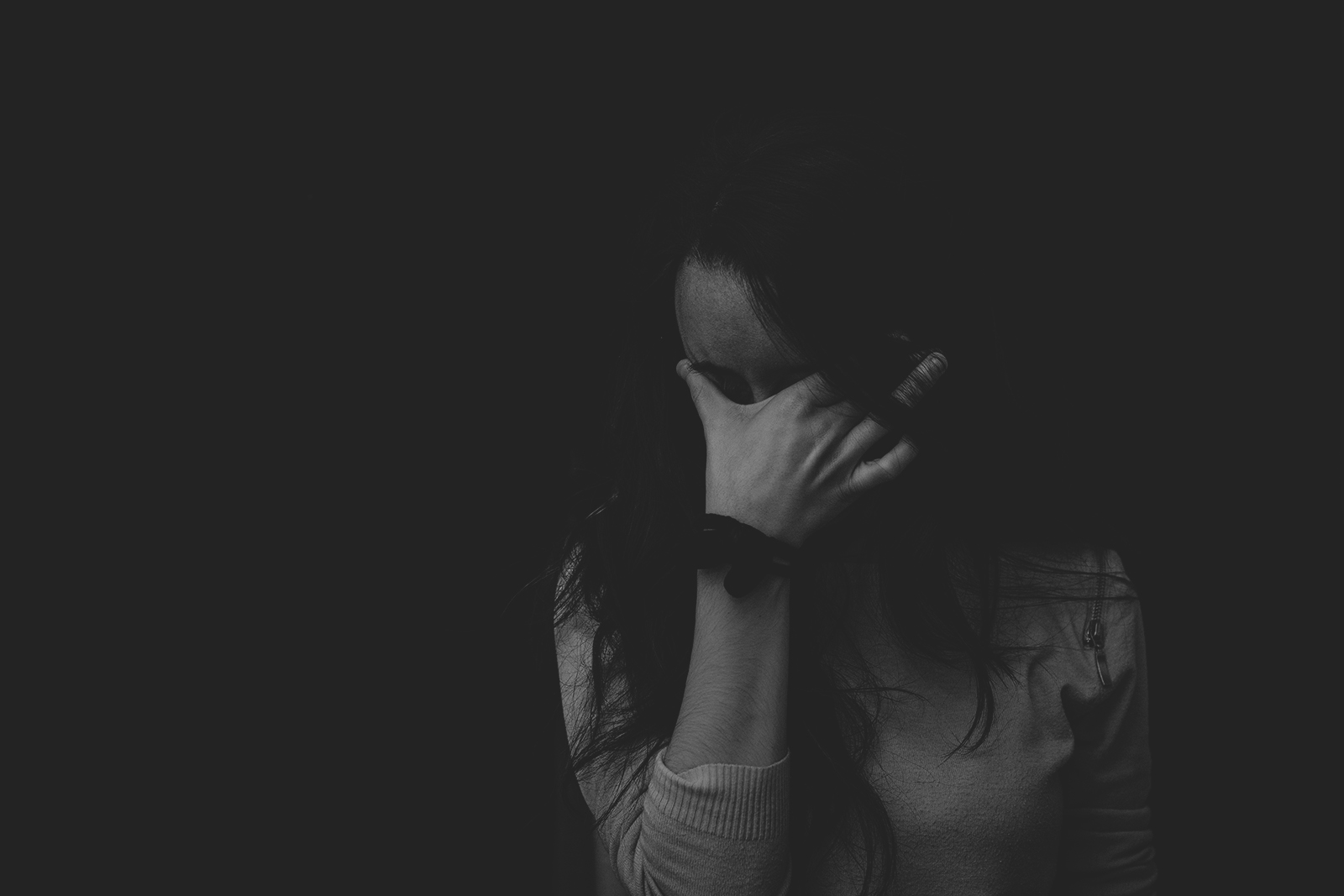We specialize in the use of Exposure Therapy, the most effective treatment approach for most anxiety disorders. Exposure therapy is a specialized technique that is used in the context of CBT to treat the majority of anxiety disorders. Before beginning exposure therapy, the therapist teaches the patient anxiety-management strategies and ways to address thoughts that perpetuate anxiety. Together, they develop a hierarchy of anxiety producing situations or stimuli and then begin the process of exposure to the elements identified on the hierarchy.
Our clinicians specialize in treating the following Anxiety and Impulse Control Disorders:
- Panic attacks/Panic Disorder
- Social Anxiety/Shyness
- Obsessive Compulsive Disorder (OCD)
- Phobias
- Posttraumatic Stress Disorder (PTSD)
- Generalized Anxiety Disorder (GAD)
- Trichotillomania
I hear you do Virtual Reality Exposure (VRE) Therapy. That’s sounds interesting, but what is it?
Prior to 1995, exposure therapy was primarily conducted using either imaginal exposure (thinking about the fears) or in-vivo exposure (facing your fears in the real world). For many types of anxiety disorders, in-vivo exposure is considered the “gold standard” of treatment, however it can be both time consuming and costly. For this reason, The Clinic at Virtually Better provides virtual reality exposure (VRE) therapy as well, a technology-enabled treatment approach our company pioneered in the 1990’s.
VRE therapy is provided within the comfort of our offices by using innovative virtual reality software programs. This technology allows our clinicians to circumvent many of the challenges associated with in vivo or imaginal exposure therapy, and treat problem areas, such as phobias and posttraumatic stress disorder, that most clinicians simply lack the resources to effectively treat.
VRE therapy was first developed to treat anxiety disorders, such as specific phobias, social anxiety, and PTSD. Using this approach, the person faces their fear in a virtual world, which simulates the feared situation. The patient wears goggles and headphones and experiences visual, auditory, and kinesthetic (or physical) information immersing them in the situation. The patient will “feel” like they are “there,” and with the trained clinician asking specific questions and creating patient specific events to occur in the software, the patient will respond physically and emotionally as if the situation was real. VRE therapy is especially helpful when in vivo exposure is difficult to arrange or challenging to control. For instance, to treat fear of public speaking, it is nearly impossible to assemble a group of people to serve as an audience. For fear of flying, clinicians can’t guarantee turbulence, storms, or unfamiliar noises. In VRE therapy, the clinician has complete control over these and many other fear provoking triggers, which results in a patient-tailored exposure session, that can be repeated as many times as clinically necessary. This gives the patient a greater sense of mastery and control when faced with real life anxiety.
We are always working to add more VR treatment programs to our current suite of programs. Currently, we offer VRE therapy for the following problem areas:
- Phobias (fear of flying, public speaking, heights, storms, closed spaces, and childhood social anxiety in school)
- Job Interviews
- Combat-Related PTSD
- Acute Pain Procedures (e.g., injections, intravenous line placement, dental procedures, burn treatment, broken bone repair, etc)
- Drug/Alcohol Addiction
Studies have shown that virtual reality therapy can be just as effective as in-vivo exposure, and many people seek out our speciality services as a way of addressing long-standing fears and other challenging problems. VRE therapy does not replace standard CBT, it simply becomes one more technique at our disposal at the point when exposure therapy becomes the primary intervention.

